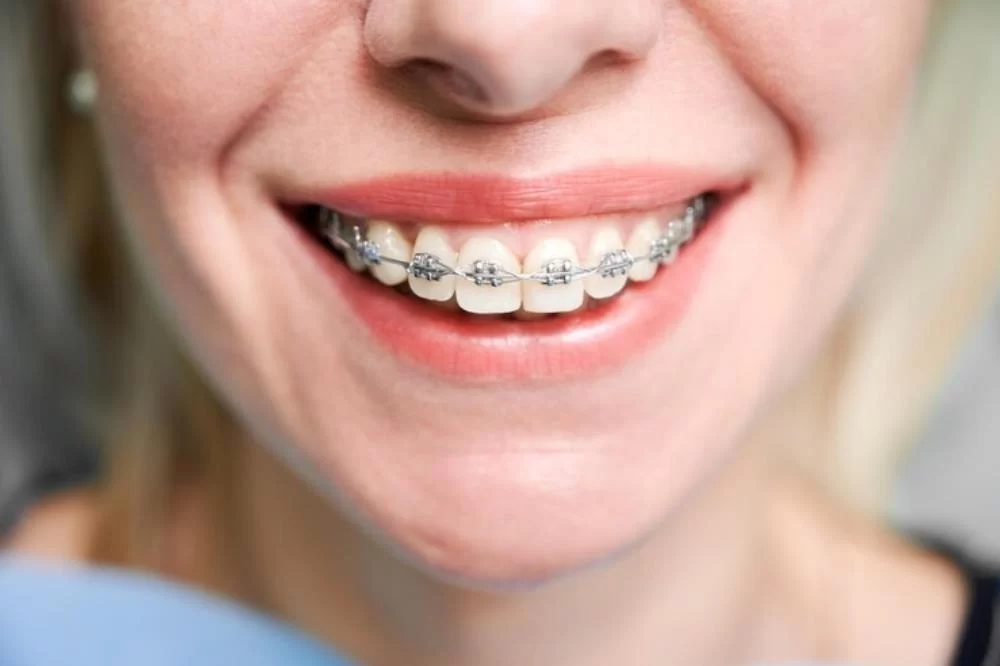
What Are the Types of Braces Available? Explore Your Orthodontic Options
- Introduction to Braces Types
- Metal Braces: The Classic Option
- Ceramic Braces: A Discreet Choice
- Clear Aligners: Invisible Braces
- Lingual Braces: Hidden Treatment
- Self-Ligating Braces: Less Maintenance
- Choosing the Right Braces for You
- Case Studies: Real-Life Orthodontic Success
- Conclusion: Finding the Best Braces Option
When it comes to orthodontic treatment, there are several types of braces available, each with its own advantages and unique features. Whether you're dealing with crowded teeth, gaps, or bite issues, the right braces can significantly improve your smile and dental health. In this article, we’ll explore the most popular types of braces, helping you make an informed decision about which one is best for your needs.
Metal Braces: The Classic Option
Metal braces are the most traditional and widely known form of braces. They consist of stainless steel brackets attached to your teeth with wires running through them. These braces are typically adjusted every few weeks to slowly move your teeth into the correct position.
Advantages of metal braces:
- Highly effective for complex dental issues like severe crowding or misalignment.
- Cost-effective compared to other types of braces.
- Durable and reliable with minimal maintenance.
While they are the most visible type of braces, modern metal braces are smaller and more comfortable than ever before, making them a popular choice for children, teens, and adults alike.
Ceramic Braces: A Discreet Choice
Ceramic braces work similarly to metal braces but use tooth-colored or clear brackets, making them less noticeable. These are a popular option for those looking for a more aesthetic treatment option while still benefiting from the effectiveness of traditional braces.
Advantages of ceramic braces:
- Less noticeable than metal braces due to their tooth-colored brackets.
- Still effective for treating a variety of orthodontic issues.
- Provide a more aesthetically pleasing option for adults and teens.
However, ceramic braces tend to be more fragile than metal braces, and they may require more frequent maintenance. Additionally, the clear elastics may stain over time, especially if you drink coffee or tea regularly.
Clear Aligners: Invisible Braces
Clear aligners, such as Invisalign, are a modern alternative to traditional braces. These are transparent plastic trays that are custom-made to fit your teeth. They gradually shift your teeth into place over time and are virtually invisible when worn.
Advantages of clear aligners:
- Almost invisible, making them a popular choice for adults and those seeking a discreet treatment.
- Removable, allowing for easier eating, brushing, and flossing.
- Comfortable with no brackets or wires that can cause irritation to the gums.
Clear aligners are ideal for people with mild to moderate orthodontic issues. However, they require strong commitment, as they need to be worn for 20-22 hours a day for the best results. Additionally, clear aligners may not be effective for more severe cases.
Lingual Braces: Hidden Treatment
Lingual braces are a unique option where the brackets and wires are placed on the back (lingual side) of the teeth, making them invisible from the front. This option offers a discreet way to straighten your teeth while still using traditional bracket and wire technology.
Advantages of lingual braces:
- Completely hidden, offering a discreet treatment option.
- Effective for correcting a variety of orthodontic issues.
- Can be customized to fit your mouth for maximum comfort.
However, lingual braces can be more difficult to clean and may cause more discomfort initially. They also require a higher level of skill from the orthodontist to install and adjust, making them a more expensive option.
Self-Ligating Braces: Less Maintenance
Self-ligating braces are similar to traditional metal braces but feature a special clip or door mechanism that holds the wire in place without the need for rubber bands. This reduces the number of adjustments needed and can lead to shorter treatment times.
Advantages of self-ligating braces:
- Reduced friction between the brackets and wires, leading to faster treatment times.
- Requires fewer visits to the orthodontist for adjustments.
- More comfortable than traditional braces due to less pressure on the teeth.
Self-ligating braces can be a great option for those seeking faster treatment with less frequent visits to the orthodontist, although they can still be visible and may not be suitable for very complex cases.
Choosing the Right Braces for You
When deciding which type of braces is best for you, several factors should be considered, including:
- Budget: Metal braces tend to be the most affordable, while clear aligners and lingual braces can be more expensive.
- Severity of your case: Traditional metal or ceramic braces are better for more complex issues, while clear aligners may be suitable for milder cases.
- Aesthetic preferences: If you prefer a more discreet treatment, ceramic braces, clear aligners, or lingual braces may be the best options for you.
- Maintenance and comfort: Clear aligners and self-ligating braces offer more convenience and less discomfort compared to traditional braces.
Consulting with an orthodontist is the best way to evaluate which option is right for your specific needs and goals.
Case Studies: Real-Life Orthodontic Success
Mary, a 27-year-old professional, chose clear aligners to straighten her teeth without affecting her work appearance. Over the course of a year, her teeth gradually shifted into place, and she felt confident in every meeting. She appreciated the ability to remove the aligners when eating or brushing her teeth.
John, a teenager, opted for traditional metal braces to correct his severe bite misalignment. Despite the visibility, he felt the treatment was the best for his complex case, and his smile improved dramatically within 18 months.
These real-life stories highlight the effectiveness of each type of braces and show that there's an option for every preference and need.
Conclusion: Finding the Best Braces Option
The best type of braces for you will depend on your individual orthodontic needs, aesthetic preferences, and budget. Whether you choose metal braces for their durability and cost-effectiveness, or clear aligners for their discretion and comfort, each option can help you achieve a straighter, healthier smile. Consult with an orthodontist to find the most suitable solution for your dental goals.
To learn more about braces options and get personalized advice, visit Dentistry Toothtruth for expert guidance and consultation.


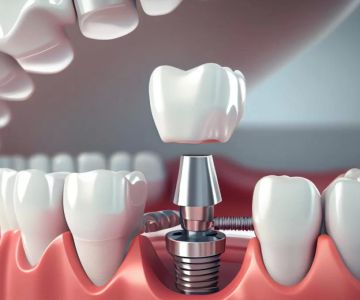
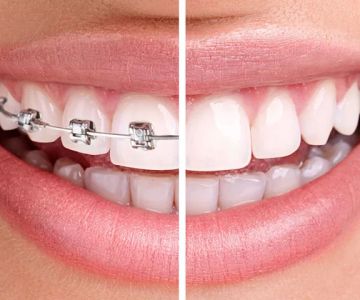
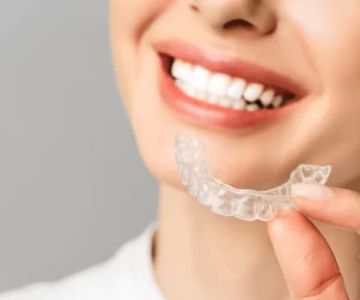
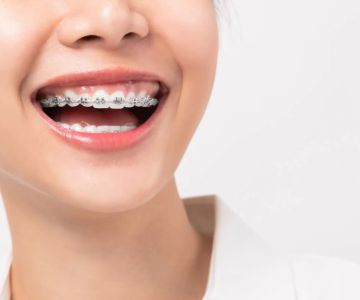
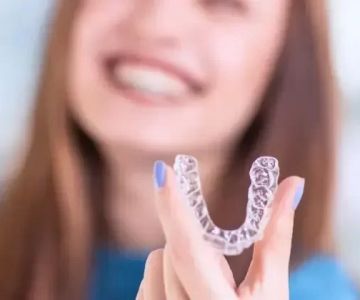
 Dental Smiles of West Chicago
Dental Smiles of West Chicago Pearl River Family Dentistry
Pearl River Family Dentistry Central Dental - Dentist Westchester NY
Central Dental - Dentist Westchester NY Pro Dentists of Buford
Pro Dentists of Buford Smileland Pediatric Dentistry & Braces of Westborough
Smileland Pediatric Dentistry & Braces of Westborough Seattle Smiles Dental
Seattle Smiles Dental The Importance of Oral Health Education During Pregnancy for a Healthy Pregnancy
The Importance of Oral Health Education During Pregnancy for a Healthy Pregnancy Why Skipping Dental Checkups Can Lead to Bigger Oral Health Problems
Why Skipping Dental Checkups Can Lead to Bigger Oral Health Problems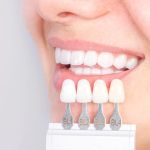 Advantages of Porcelain Dental Restorations
Advantages of Porcelain Dental Restorations Best Tips for Brushing Your Teeth Properly for Healthy Gums: Essential Techniques for Oral Health
Best Tips for Brushing Your Teeth Properly for Healthy Gums: Essential Techniques for Oral Health How Can Diabetes Cause Tooth and Gum Problems? Preventing and Managing Oral Health Issues
How Can Diabetes Cause Tooth and Gum Problems? Preventing and Managing Oral Health Issues Healthy Habits for Promoting Good Oral Health and Hygiene: Tips for a Healthy Smile
Healthy Habits for Promoting Good Oral Health and Hygiene: Tips for a Healthy Smile